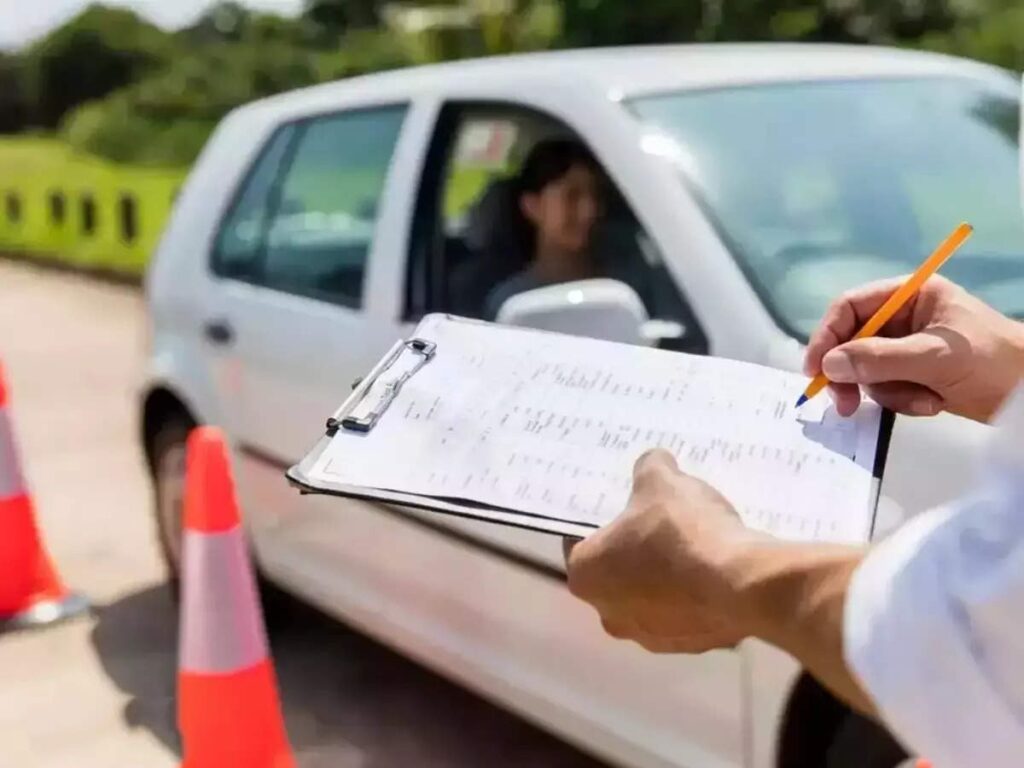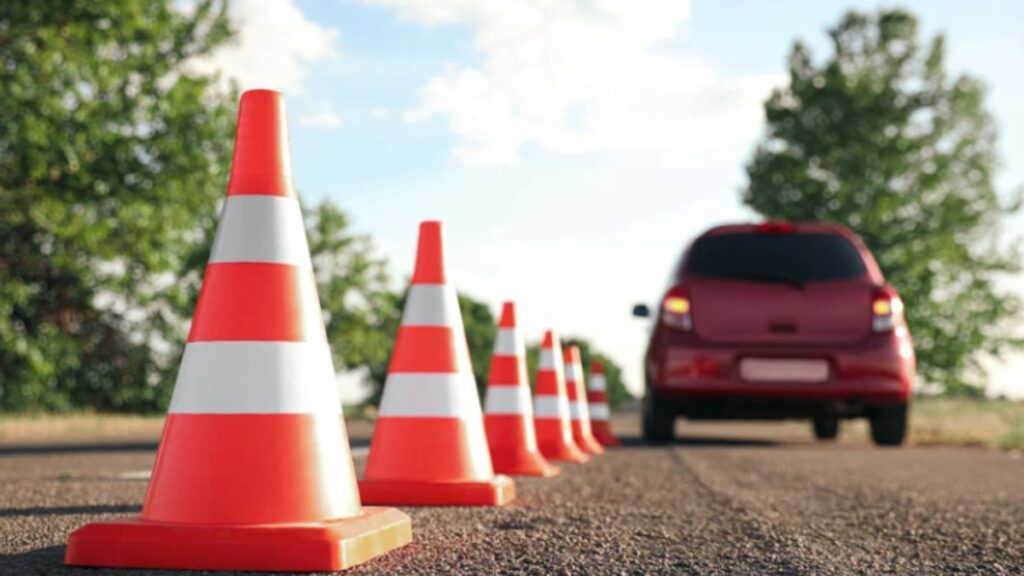Starting June 1, 2024, obtaining a driver’s licence in India is set to become more convenient due to new regulations announced by the Ministry of Road Transport and Highways. Under these regulations, applicants will now have the option to take their driving tests at private driving training centres instead of the traditional government-run Regional Transport Offices (RTOs). This marks a shift aimed at streamlining the process and reducing the load on RTOs. These private institutions will be authorised to conduct the tests and issue certificates confirming licence eligibility.
Applicants can apply for a driver’s licence online via the official website, https://parivahan.gov.in/, or visit an RTO to file an application through a manual process. The application fee varies depending on the type of licence being applied for. Despite the new testing locations, applicants will still need to visit the RTO to submit the necessary documents and demonstrate their driving skills for final licence approval.

The fees associated with licensing include Rs 150 for a Learner’s Licence (Form 3), Rs 50 for a Learner’s Licence Test (or repeat test), Rs 300 for a Driving Test (or repeat test), and Rs 200 for the issuance of a Driving Licence. An International Driving Permit will cost Rs 1,000, adding another vehicle class to a licence will be Rs 500, and renewing a Hazardous Goods Vehicle Authorisation will vary. The renewal of a Driving Licence will cost Rs 200, with a late renewal incurring an additional fee of Rs 300 plus Rs 1,000 per year or part thereof from the expiration of the grace period. For driving instruction schools, the licence issue or renewal fee is Rs 10,000, with a duplicate licence costing Rs 5,000. An appeal against licensing authority orders will cost Rs 500, and changes to the address or other particulars in a driving licence will cost Rs 200.
The new regulations also introduce stricter penalties for traffic violations. Speeding fines will remain between Rs 1,000 and Rs 2,000, while the consequences for minors caught driving have become significantly more severe. A minor found driving will face a fine of Rs 25,000, and the vehicle owner’s registration card will be cancelled. Additionally, the minor will be ineligible for a licence until they turn 25.

To simplify the application process, the Ministry has reduced the documentation required for a new licence, based on whether the application is for a two-wheeler or four-wheeler. This reduction in paperwork aims to decrease the necessity for physical checkups at RTOs. New rules for private driving schools have also been established, requiring training centres to have at least one acre of land (or two acres for four-wheeler training). These schools must have access to a suitable testing facility, and trainers must possess a high school diploma (or equivalent), at least five years of driving experience, and familiarity with biometrics and IT systems. Training duration for Light Motor Vehicles (LMV) is set at 29 hours over four weeks, including eight hours of theory and 21 hours of practical training.
These changes reflect the Ministry’s efforts to modernize the driver’s licensing process, making it more accessible and efficient while also maintaining rigorous standards for road safety and driver competence.
